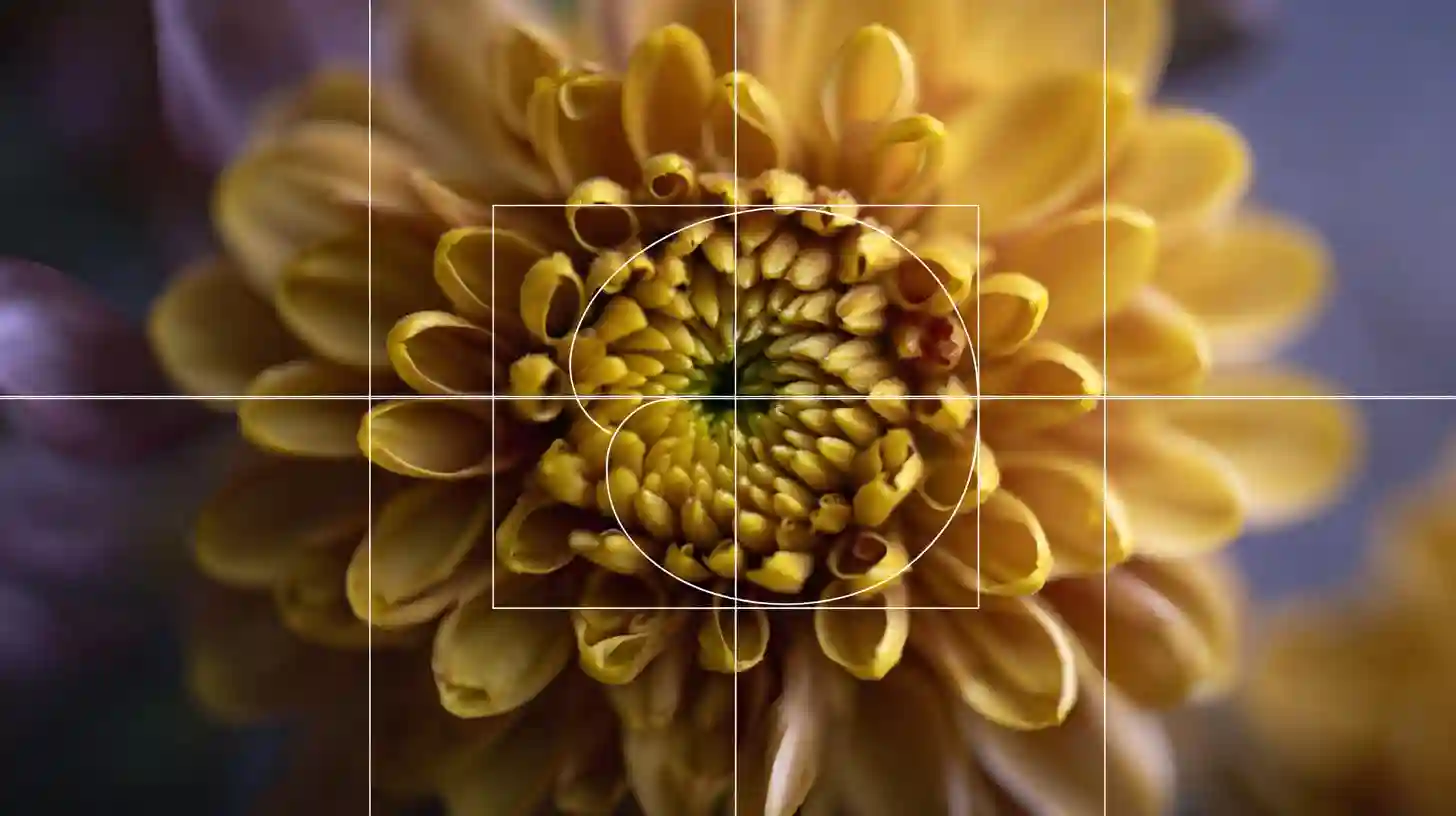
Mastering photography is a journey that combines technical expertise with creative expression. Whether you're a beginner with a new camera or an experienced photographer looking to refine your skills, the right tips and techniques can make a significant difference in the quality of your images. Developing an understanding of light, composition, and camera settings is essential in capturing the perfect shot. One of the most crucial aspects of photography is learning how to control and use light effectively. Natural light can be your best friend or your worst enemy, depending on how you approach it. Golden hour, which occurs shortly after sunrise or just before sunset, offers a soft, warm glow that enhances colors and adds a magical touch to any photo. Harsh midday sunlight, on the other hand, can create strong shadows and highlights, which may not always be desirable. To avoid this, try using reflectors or diffusers to soften the light and create more balanced exposure. Alternatively, you can use the shadows to add depth and interest to your images.
Another important element in photography is composition. A well-composed image draws the viewer's eye to the subject and creates visual harmony. One of the most commonly used techniques for composition is the rule of thirds. This rule divides the image into nine equal parts by two horizontal lines and two vertical lines. By placing the subject along these lines or at their intersections, you create a more balanced and engaging photograph. While the rule of thirds is a helpful guideline, it's also essential to experiment with breaking the rule to achieve unique results. Sometimes centering your subject or creating symmetry can lead to striking compositions that stand out.
Depth is another factor that can greatly improve your photos. Using depth effectively allows you to add dimension and visual interest. One way to achieve this is by incorporating foreground, middle ground, and background elements into your frame. This layered approach guides the viewer’s eye through the image and creates a sense of perspective. Additionally, using a shallow depth of field—by adjusting your aperture to a low f-stop—can help isolate your subject and blur the background, making your subject pop.
In addition to composition, mastering your camera's settings is key to achieving professional-looking results. Understanding your camera's exposure triangle—shutter speed, aperture, and ISO—will allow you to manipulate how light enters the camera and how motion is captured. A fast shutter speed, for example, is ideal for freezing motion in fast-paced environments, while a slower shutter speed can be used to create beautiful motion blur, such as in waterfalls or busy streets. Aperture controls the depth of field, as mentioned earlier, and ISO affects how sensitive your camera's sensor is to light. A higher ISO can help in low-light conditions but can also introduce noise or grain, so it's essential to find the right balance for your shooting environment.
White balance is another setting worth paying attention to, as it affects the overall color tone of your photos. Different light sources—such as sunlight, incandescent bulbs, or fluorescent lights—can create color casts that may make your images look too warm or too cool. By adjusting your white balance settings, you can correct these color shifts and ensure your photos reflect the scene accurately. Some cameras also have custom white balance options that allow you to fine-tune the color balance for specific lighting situations.
Post-processing is a vital skill that can elevate your photography even further. While it's always best to get the exposure and composition right in-camera, editing software like Adobe Lightroom or Photoshop allows you to refine your images and correct any mistakes. Adjusting the exposure, contrast, and saturation can make a significant difference in the final result. You can also crop your images to improve the composition or remove distractions from the frame. Many photographers also use editing to enhance details in certain areas of the image, such as sharpening the eyes in a portrait or bringing out the texture in a landscape. However, it's important not to over-edit, as subtlety often leads to the most natural and appealing results.
Experimenting with different lenses is another way to add variety to your photography. A wide-angle lens is perfect for capturing sweeping landscapes or architectural shots, while a telephoto lens allows you to zoom in on distant subjects, making it ideal for wildlife or sports photography. Prime lenses, with their fixed focal length, often offer superior image quality and larger apertures, making them ideal for portraits or low-light situations. Each lens brings its own set of characteristics to your photos, and understanding how to use them effectively can help you capture the scene as you envision it.
The final piece of the puzzle is patience. Photography often requires waiting for the right moment, whether that's the perfect lighting conditions, a subject in motion, or the ideal composition. Taking the time to observe your surroundings, plan your shots, and experiment with different angles can result in breathtaking images. Don’t be afraid to make mistakes or take risks. Photography is as much about exploration and learning as it is about technical proficiency. With practice, you'll develop your own unique style and become more adept at capturing moments that tell a story, evoke emotion, or simply showcase the beauty of the world around you.